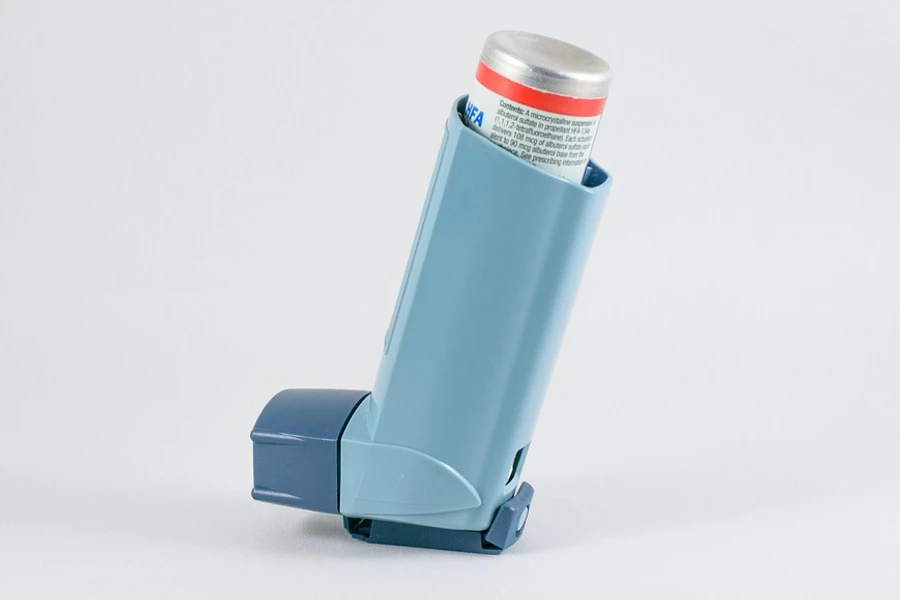Air purifiers can emit ozone, which is something that should be taken into consideration, particularly when thinking about using them for children who suffer from asthma. Let’s have a look at the concern in more detail:
Ozone and the Anxiety of the Lungs:
Properties of Ozone Ozone, often known as O3, is a gas molecule containing three oxygen atoms. It is a lung irritant when it is at ground level. 2. When ozone is breathed in, it can cause respiratory issues such as coughing, wheezing, and shortness of breath.
Emissions of Ozone from Air Purifiers:
Ionizers: Certain air purifiers, particularly those that contain ionizers, have the potential to produce ozone as a byproduct during operation. Ionizers are devices that conduct electricity to charge air particles, making it simpler for the filter to collect them. Nevertheless, this process is also capable of producing molecules of ozone.
Impact on Children Who Suffer from Asthma:
Vulnerability: Children who suffer from asthma are already even more susceptible to respiratory discomfort and inflammation of the airways. Because their airways are more reactive and prone to inflammation, they are especially susceptible to environmental triggers. This problem can be made worse by exposure to ozone, a toxic pollutant.
There is a possibility that breathing in ozone can cause the airways to become even more irritated and inflamed.
Although air purifiers are intended to enhance the air quality inside a building, specific models can unintentionally produce ozone during the purifying process. This ozone can be discharged into the air, which poses a severe risk to children who suffer from asthma.
There is a possibility that breathing in ozone can cause the airways to become even more irritated and inflamed, which will result in more severe asthma symptoms. These symptoms include coughing, wheezing, chest tightness, and difficulty breathing.
Even low levels of ozone exposure might be hazardous for children with asthma. The inflammatory reaction of ozone can impair lung function and endanger respiratory health in these individuals whose lungs are still maturing.
Furthermore, repeated exposures might have cumulative effects, which may increase both the severity and frequency of asthma attacks.
The well-being of children with this condition can be protected by carefully selecting air purification systems that do not include ozone.
Parents and other caregivers of children who suffer from asthma need to be aware of the possible dangers associated with ozone-generating air purifiers. The hazards associated with this chronic respiratory condition can be mitigated. The well-being of children with this condition can be protected by carefully selecting air purification systems that do not include ozone, ensuring that adequate ventilation is present, and checking water quality.
Choosing an Air Purifier That Is Safe:
When searching for air purifiers, it is important to look for those with HEPA filters and certifications that indicate they have low ozone emissions. Some purifier types come with options that allow the ionizer function to be completely disabled.
Certifications: Certifications from organizations such as the California Air Resources Board (CARB) demonstrate that the purifier satisfies stringent criteria for ozone emission.
Additional advice is provided as follows:
You should study before you buy an air purifier. Read reviews and research on air purifiers to learn about their features, different types of filters, and probable levels of ozone emission.
Keep in mind that the objective is to provide your child with a safe and healthy environment. You will be able to make educated selections.
Talk to your physician: Talk with your child’s physician about using air filters. They will be able to assist you in determining whether or not an air purifier is appropriate for your child’s asthma management plan, and they will also propose models with low ozone emissions.
Alternative Methods for the Management of Asthma and Allergies:
HEPA Filters Without Ionizers: Air purifiers that contain HEPA filters but do not contain ionizers altogether remove the possibility of ozone being produced.
Tactics for Improving Air Quality: In addition to the use of medicine, other tactics, such as dust mite control measures, reducing pet dander, and maintaining adequate ventilation, can dramatically improve the air quality inside a building for children who suffer from asthma.
Keep in mind that the objective is to provide your child with a safe and healthy environment. You will be able to make educated selections since you will better grasp the potential negatives of ozone emission from air purifiers. This will allow you to optimize the benefits and minimize any hazards.

